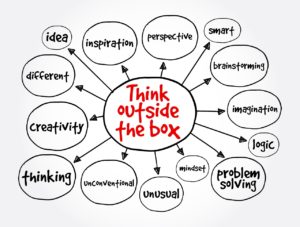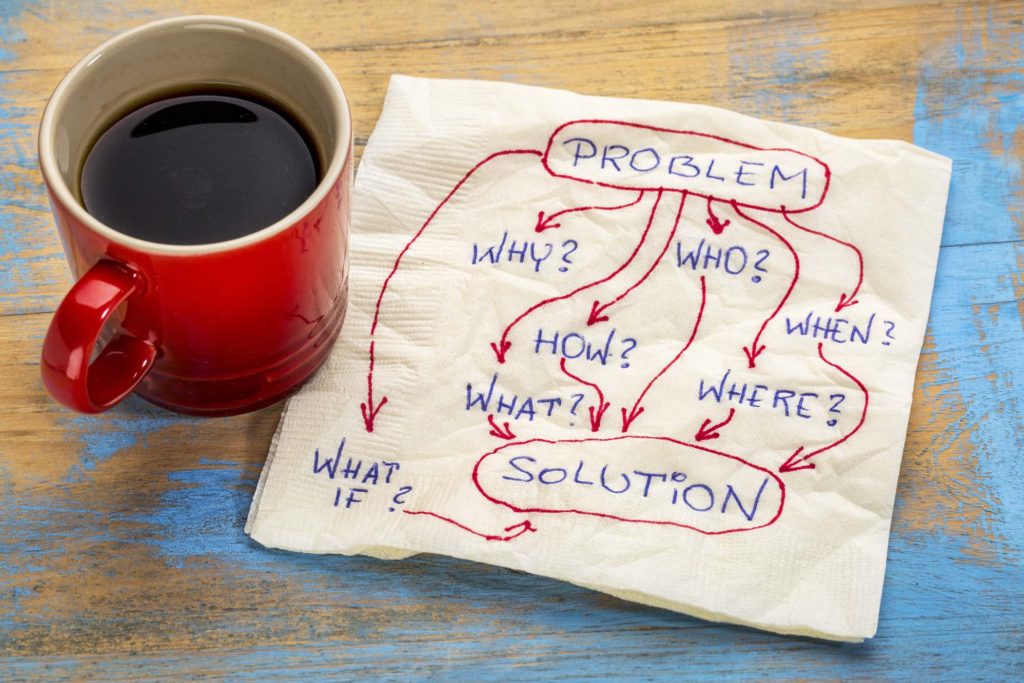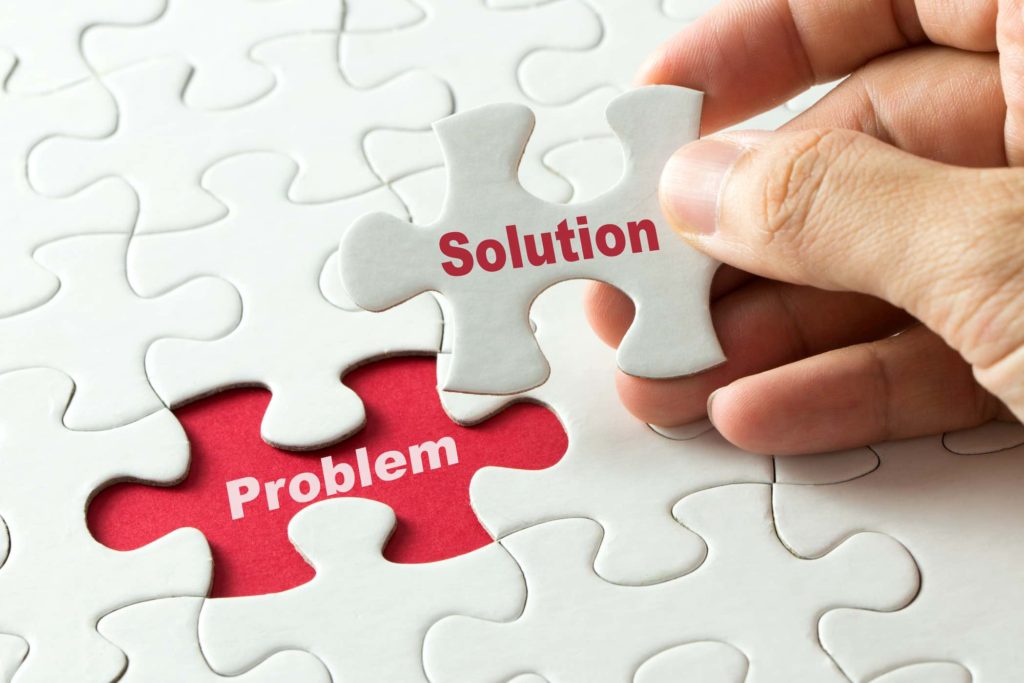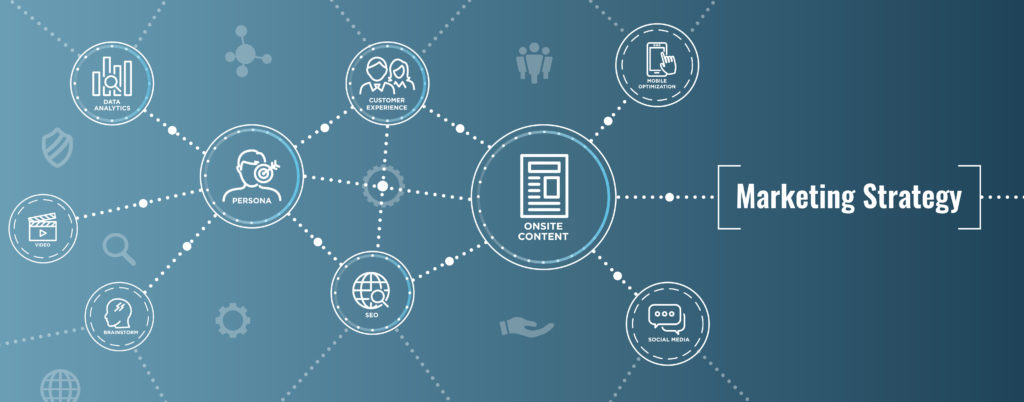When documenting a client’s problem, one of the categories of information that the problem statement should include is information about the location of the problem. Location matters for understanding a wide variety of processes and phenomena, whether directly related to human activity or not. A focus on “real world” relationships and dependencies among the phenomena and processes that give character to any location or place is a contrasting perspective to most other disciplines that treat them in isolation. Places are natural laboratories for the study of complex relationships among processes and phenomena. Geographic boundaries can enable independent operating instances of processes and phenomena generating potentially divergent results that may be explainable in terms of the geographic context. Capturing this geographic perspective on problems as part of the problem statement starts to scope the geographic boundary of the Client’s problem.

Geographers recognize that the scale of observation – the boundaries of the pace under study – also matters for understanding geographic processes and phenomena at a place. This geographic perspective on problems inherently provides a geographic scope to the problem.Changing the spatial scale of analysis can provide important insights into geographic processes and phenomena and into understanding how processes and phenomena at different scales are related. Geographic boundaries demarcate contiguous places with common characteristics. Those characteristics might be topological, meteorological, cultural, political, resources environmental conditions or some other dimension of processes and phenomena. Identifying the scales at which particular phenomena exhibit maximum variation provides important clues about the geographic, as well as the temporal, scope of the controlling mechanisms.
Geographic approaches associate meaning with locations or places. Locations or places are commonly referenced in two dimensional spatial representations. Maps and atlases are common examples of such two-dimensional representations. Three-dimensional placement may be important in specific applications, e.g. navigation in aeronautical, submersible, or complex urban environments. The enduring dimension of the geographic approaches is the significance of spatial scales, from the global to the highly local. The data correlated with the spatial representation may also have multiple dimensions, (often including a time dimension to illustrate changes). Geographers may be challenged to provide effective visualizations with such high dimensional data. Such visualizations can, however, be very effective in illustrating the scope and scale of a problem. Recent trends in adoption and deployment of big data have facilitated the development of various programming languages and tools and resources to facilitate such analyses.
Geographic perspectives on problems that matter
A perspective is a framework that can be used to interpret the meanings of experiences, events, places, persons, cultures, resources and physical environments. Thinking with a geographic perspective on problems is a powerful tool that can be used to develop a more nuanced and complex understanding of the world. Where something occurs is the spatial perspective; how life forms interact with the physical environment is the ecological perspective. This perspective is particularly helpful for problems that matter because these problems often have a significant emotional impact from individual narratives.
Problems often exhibit different behavior in different geographic contexts, or other spatial patterns. Problems that matter impact people, and their geographic distributions is far from uniform, being impacted by a number of geographic boundaries. Geographic analysis of spatial analysis can therefore provide new insight into the problem statement. This insight can identify boundaries on problems correlated with processes and phenomena observable from a geographic perspective.
Is your client’s problem location sensitive?

Is your client’s problem location sensitive? They may report the location where they last experienced the problem, but probably failed to identify other locations where the same problem might occur. Your client may not recognize the impact of location on potential problem solutions. Solutions that have to span multiple geographic boundaries (whether physical or non-physical) may be more complex and expensive. Conversely, viable solutions may be cheaper and easier to develop if they only need to be applicable to clients within a reduced geographic scope.
When developing the problem statement for your client, understanding the geographic perspective on problems can impact the scope of the desired future state as well as constraints on viable solutions. If you are developing client problem statements, you might be interested in our free Guide to Writing Problem Statements. Everyone has Client’s problems that they need to solve, but are they solving the right problem? Are you solving your best problem? Whether you are a researcher, business professional or social entrepreneur, the solutions you develop to the problems that you face matter! We’d like to hear your view of the most important challenges in writing problem statements for your clients. We have a brief survey on the most important challenges that should take less than 2 minutes to complete. The survey tackles less than 2 minutes and you can get started right away by going to this link. I look forward to sharing these insights and resources with you.
A course on the use of perspective to refine problem statements is now available.
If you need help bringing the power of perspective to your client problem statement contact me.














